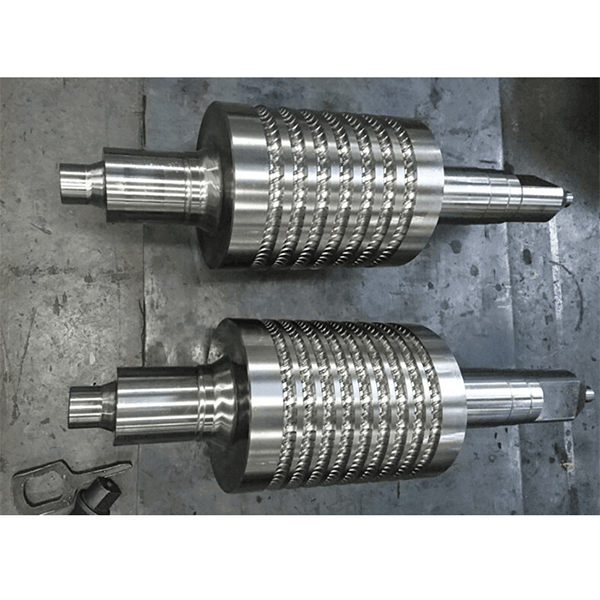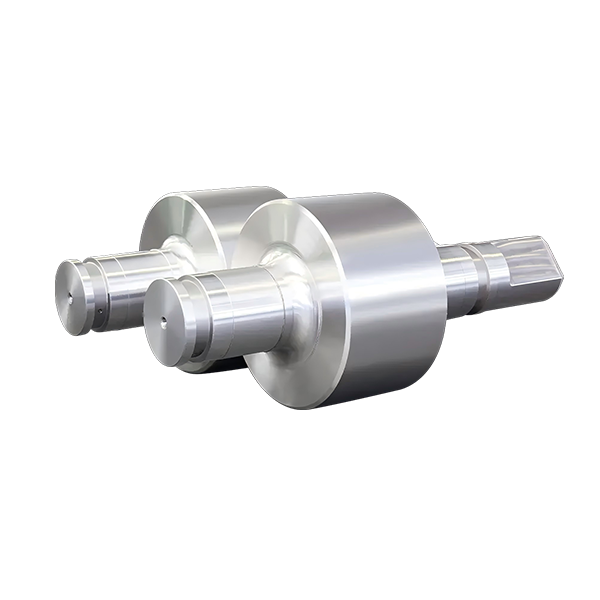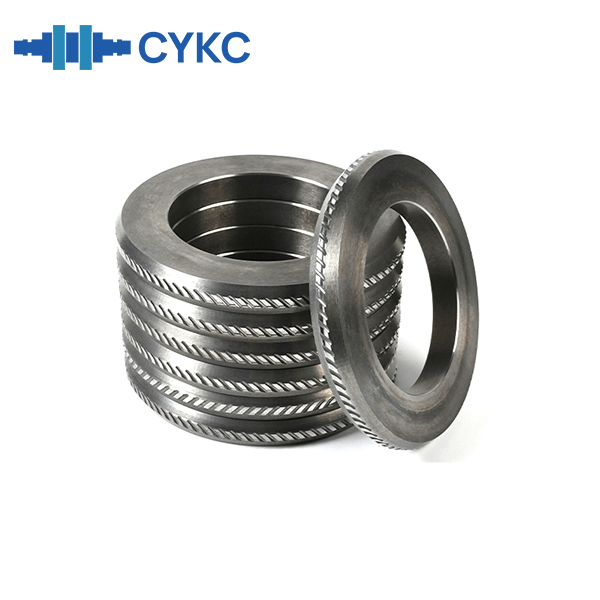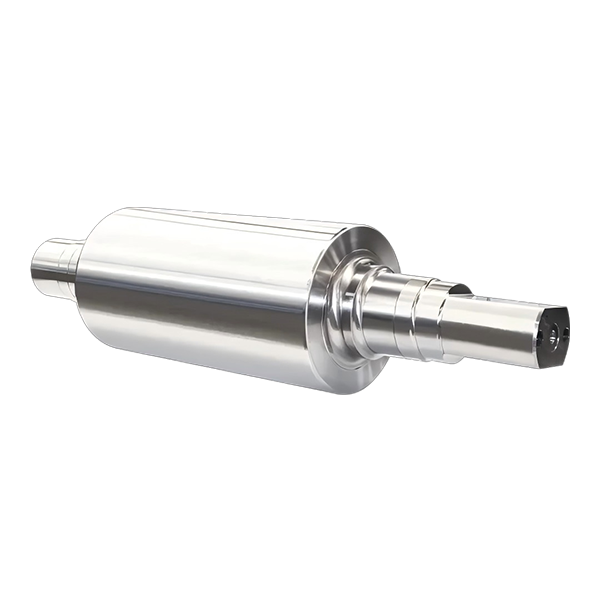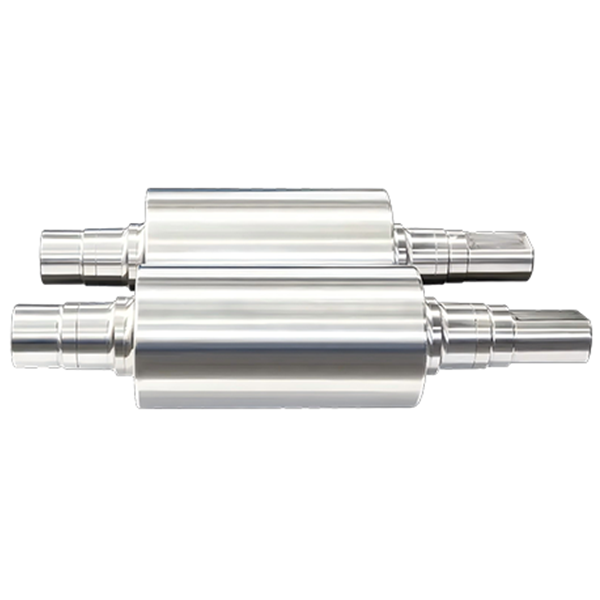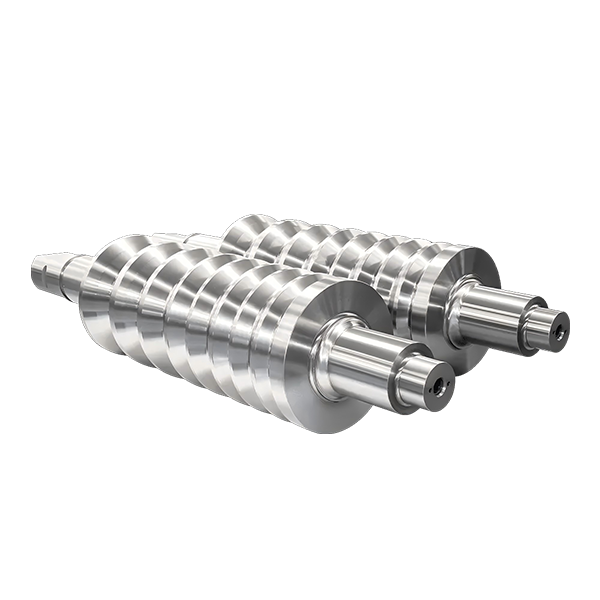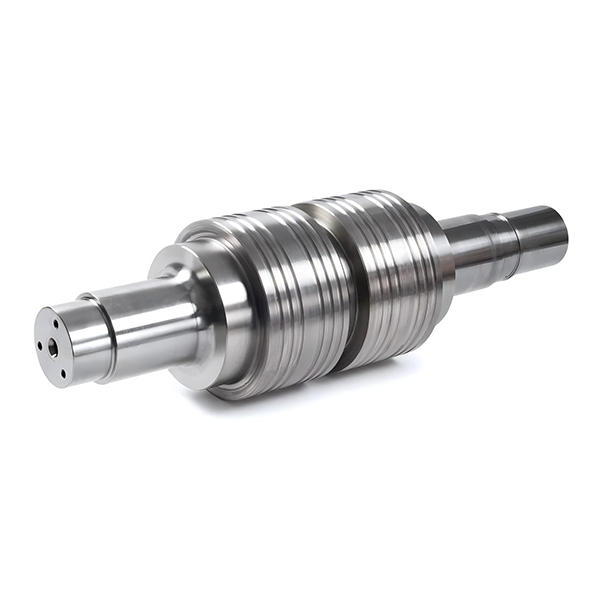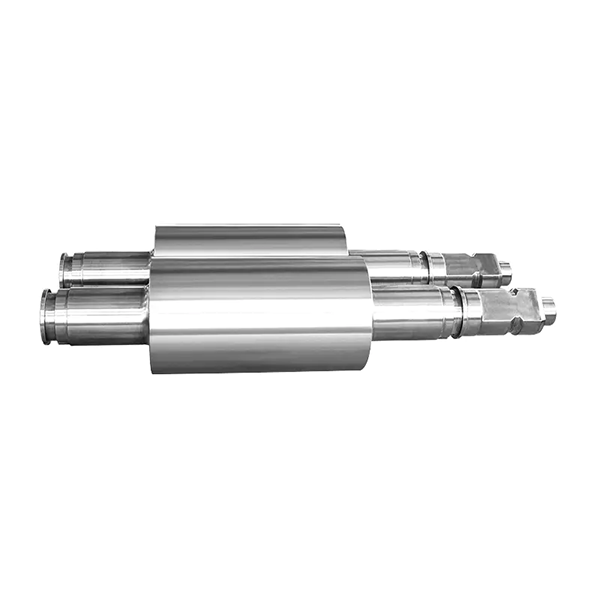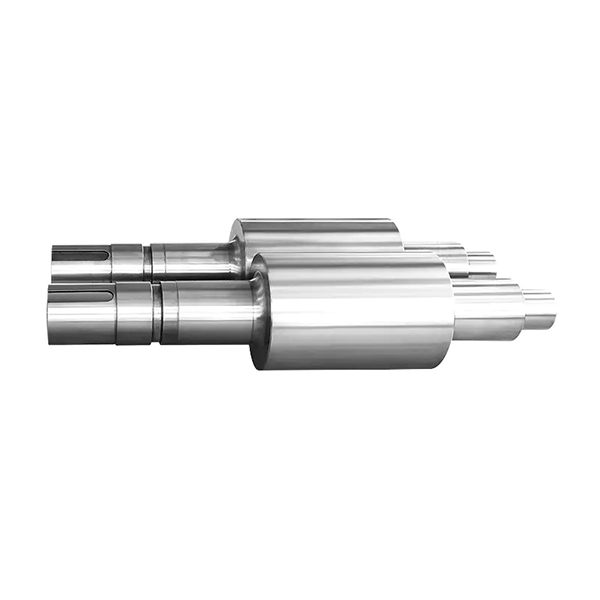Tungsten Carbide (TC) rolls, also known as Tungsten Carbide rings, are widely used in industries that demand high-performance and extended operational life. Made from a combination of Tungsten Carbide and Cobalt, these rolls are specifically designed for applications requiring long rolling campaigns, such as high-speed wire production lines, seamless pipe stretch-reducing mills, and cold-rolled ribbed steel bars. Their outstanding hardness and durability make them the top choice for finishing wire rods and various shaping applications.
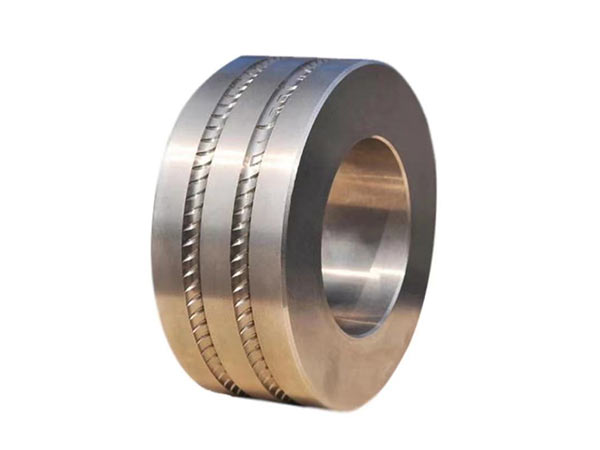
Key Characteristics of Tungsten Carbide
Tungsten Carbide is renowned for being the hardest metal on Earth, offering unparalleled wear resistance. Unlike conventional materials, Tungsten Carbide rings can maintain their shape and surface integrity for an extended period, even under intense wear and high temperatures. When compared to other materials, TC surpasses them all in heat resistance, wear resistance, and strength. This makes Tungsten Carbide rings a highly efficient solution, delivering a prolonged service life and reducing the frequency of replacements.
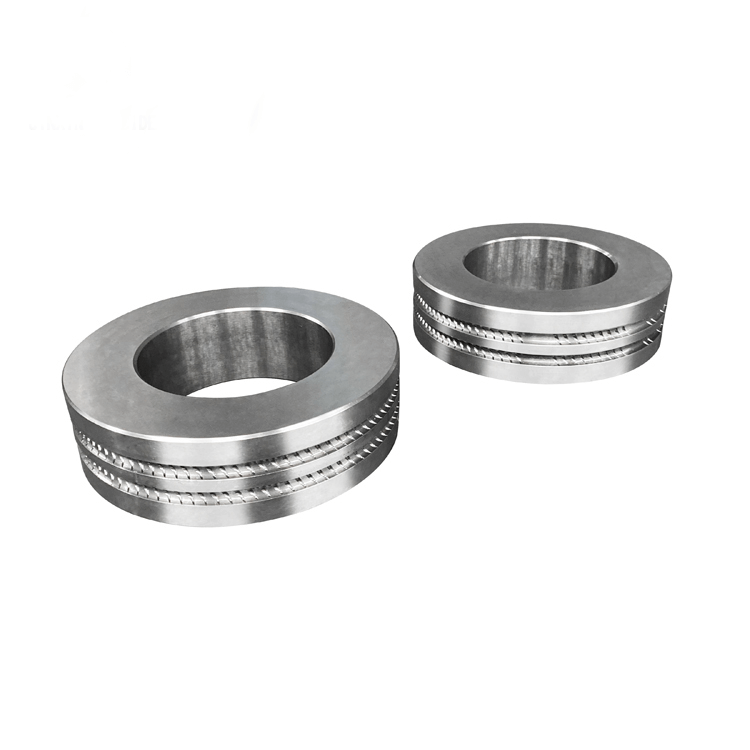
Applications of Tungsten Carbide Rolls
Tungsten Carbide rolls are especially suited for:
· High-Speed Wire Production: Due to their high hardness, they are essential for finishing blocks in wire rod production lines.
· Seamless Pipe Manufacturing: TC rings are used in stretch-reducing mills, ensuring smooth and efficient pipe production.
· Cold-Rolled Ribbed Steel Bars: They are employed in three-dimensional rolls for shaping cold-rolled ribbed steel bars, providing superior finish quality.
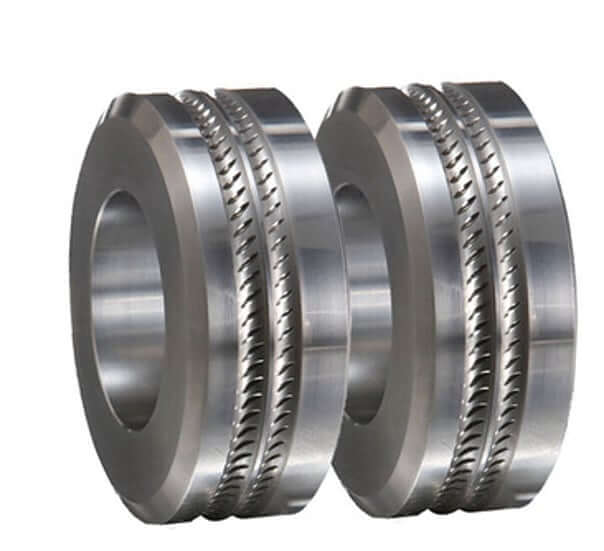
Manufacturing Process
The production of Tungsten Carbide rolls follows a meticulous process to ensure optimal quality and performance. The steps include:
Product Design: Understanding the specific needs of the application and creating tailored roll designs.
Roll Design: Ensuring the design suits the desired specifications for the rolling process.
Manufacturing and Acceptance: The roll is produced and rigorously inspected for quality.
Annealing: Heat treatment process for improved material properties.
Rough Turning and Ultrasonic Inspection: Initial shaping followed by testing for structural integrity.
High-Temperature Quenching: Hardening the roll to enhance strength and wear resistance.
Low-Temperature Tempering: Softening the roll to improve toughness.
Finishing and Inspection: Final refinements and thorough inspections for any defects.
Grinding and Numbering: Precision grinding followed by assigning a unique roll number for tracking.
Cleaning, Packaging, and Shipping: Final steps to ensure safe delivery and storage.
Maintenance and Field Communication: Ongoing support for improved performance and potential upgrades.


